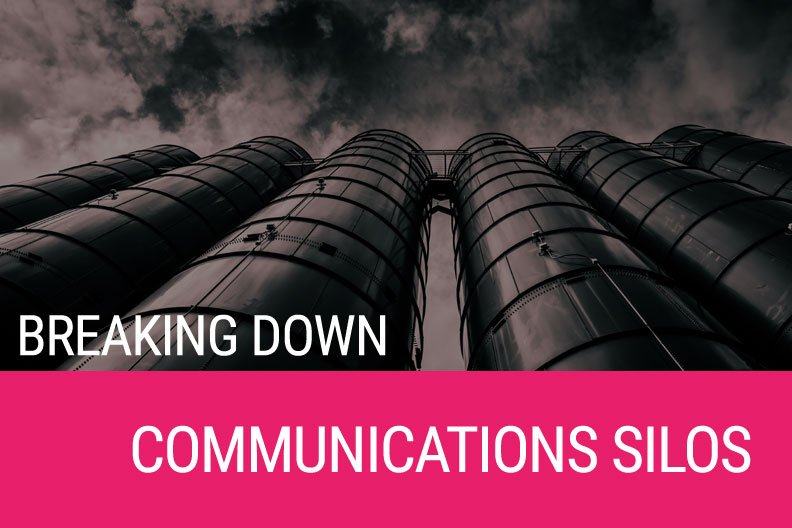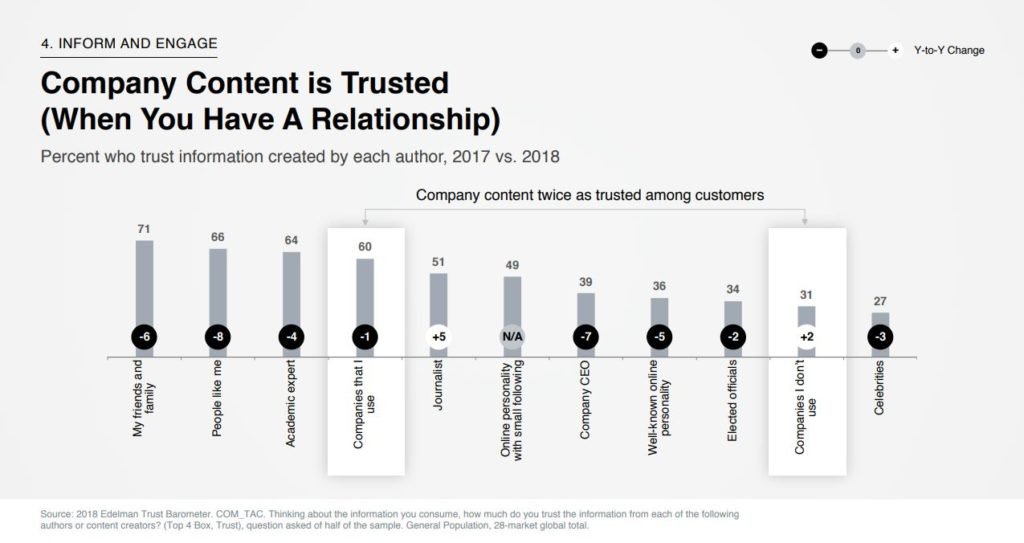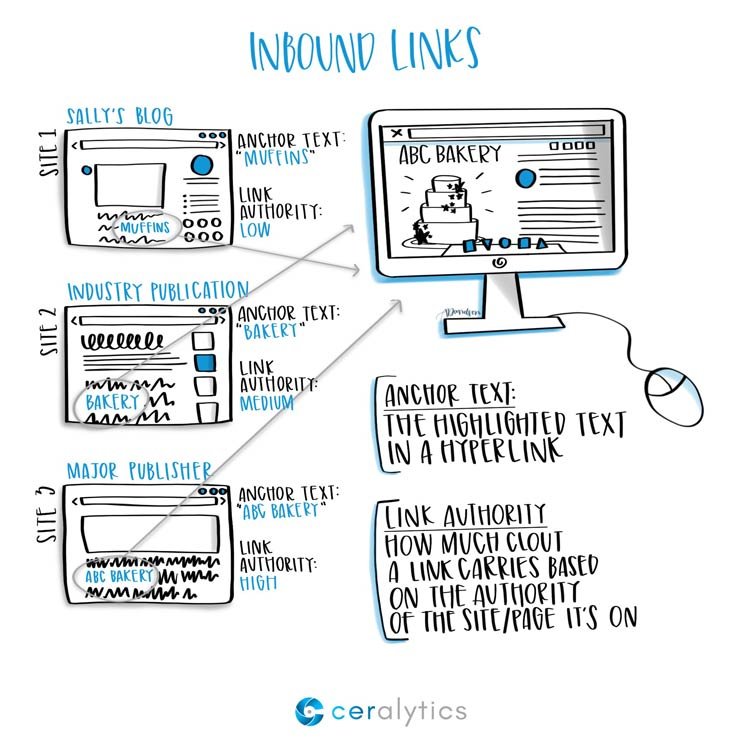Breaking Down Silos: Why Brands Need to Align PR and Content
 Brandon Andersen, Chief Strategist, Ceralytics
Brandon Andersen, Chief Strategist, Ceralytics
Today, communicators have ample opportunity to engage their stakeholder audiences, but results have stagnated for many. Communicators excuse middling performances with laments of tight budgets, boring products and increased competition for audience attention. Quite bluntly, those explanations are cop-outs and generally misguided.Throughout communications departments, there exists a critical lack of alignment – and nowhere is it more costly than between PR and content marketing. Those who have aligned media relations and content creation drive success repeatedly. Those who haven’t find themselves working harder and harder just to stay in the same place, says David Chapman, founder and CEO of franchise marketing agency 919 Marketing.“A failure to align PR and content strategies leads to a failure in effectively engaging your target audiences,” says Chapman, who has enhanced communications alignment for startups, emerging companies, and global brands for two decades. “Once aligned, you will find that PR and content marketing have a synergistic effect – giving you more results from the same investment.”In this article, I will dive in to the factors that frequently drive misalignment, how your audiences view earned and owned content, and the benefits of an aligned communications strategy. Of course, I will sprinkle throughout tips for better aligning your PR and content strategies including:
- How content marketing will get you more media hits
- How this alignment will help you prove the value of PR
- How SEO is positively impacted
- How PR becomes an organic amplifier to owned content
The source of division
Many organizations are missing out on fully optimizing their PR and content programs because those departments are effectively siloed. Ideally, your content marketing and media relations teams should go hand-in-hand and be best friends.The concept of earned and owned media working together is not new. Gini Dietrich, for one, has evangelized communications alignment for years and years, even coining the widely-adopted term PESO to cleverly illustrate how paid, earned, shared, and owned media should work together.While many recognize PESO’s value, communicators still often rely on scattershot strategies driven by individual departments within the same organization working asyncronously. Consider that two-thirds of respondents to the State of Content and PR survey by Version 2.0 Communications said their organization has a short-sighted strategy that is often focused on developing content one piece at a time.So why does communications remain so siloed? It generally stems from internal politics and misaligned near-term goals.The first step to aligning content and PR is to separate yourself from the politics and create consensus among your colleagues and leadership that these two teams should be unified under a single strategy that maps to organizational goals.Then, the directors of both teams can work collaboratively to produce the near- and long-term goals that will set expectations, help both teams stay on path, and create more aligned messaging. Yes, this will require time and, likely, unprecedented collaboration. However, this short-term pain will produce future gains.When beginning to align your communications, Dietrich advises to start with your owned content because you have greater control of the messaging. For an in-depth look into how to kick off and sustain an aligned communications strategy, I refer you to her PESO manifesto for which there is little, if not nothing, to add.
How do content and PR align?
Both PR and content marketing are in the business of enhancing the reputation of the brand and engendering trust to particular audiences through targeted and engaging content. Of course, conversions and sales are the mother of all metrics, but trust is an essential ingredient in our quest to earn and retain customers. According to the indispensable 2018 Edelman Trust Barometer, 63% of consumers agreed that “unless I come to trust the company behind the product I will soon stop buying it.”Your content marketing and public relations teams have an outsized role in garnering trust with key audiences, they just do it in different ways. Whereas your public relations team utilizes earned media placements to build trust, your content marketers rely mostly on creating an owned channel that is as trustworthy and reputable as any earned media publication.It may seem like PR has a leg up when it comes to trust building and reputation enhancement, and historically that has been true. However, the landscape is shifting.The 2018 Edelman Trust Barometer shows that 60% of consumers trust the content created by companies with which they already have a relationship and from which they purchase goods and services. Compare that to the 51% and 27% who trust journalists and celebrities, respectively. However, this data comes with caveats. Only 31% of people trust content from brands they don’t use. Additionally, people may not trust journalists as a whole, but they typically trust particular journalists or publications. You could say the same about celebrities. After all, many brands have had success on social media with influencer marketing.Consider a vilified brand like Enron. Even with the strongest content, the company would likely be unable to generate trust from anyone after its well-known antics. On the other hand, John Deere, a pioneer in the space of content marketing and a revered brand, has earned the trust of farmers and homeowners across the country – producing a well-respected magazine, The Furrow, for well over a century.With an aligned PR and content marketing strategy, you will more effectively engage your target audiences.As you endeavor to achieve greater alignment, it is essential that insights and data flow freely between the content marketing and PR teams. This process will further the understanding of your audience and the influential content that will endear them to your brand and drive them to conversion.
However, this data comes with caveats. Only 31% of people trust content from brands they don’t use. Additionally, people may not trust journalists as a whole, but they typically trust particular journalists or publications. You could say the same about celebrities. After all, many brands have had success on social media with influencer marketing.Consider a vilified brand like Enron. Even with the strongest content, the company would likely be unable to generate trust from anyone after its well-known antics. On the other hand, John Deere, a pioneer in the space of content marketing and a revered brand, has earned the trust of farmers and homeowners across the country – producing a well-respected magazine, The Furrow, for well over a century.With an aligned PR and content marketing strategy, you will more effectively engage your target audiences.As you endeavor to achieve greater alignment, it is essential that insights and data flow freely between the content marketing and PR teams. This process will further the understanding of your audience and the influential content that will endear them to your brand and drive them to conversion.
Other benefits of aligning PR and content marketing
As mentioned earlier, overhauling we’ve-always-done-it-that-way strategies will require upfront effort and organizational buy-in. When making your pitch, consider presenting these other benefits.
Create more media hits
Pitching media can be thankless. Consider the fact that 57% of top-tier publishers receive between 50 and 500 pitches per week, but two-thirds of writers and editors write at most one story per day. Your owned content, particularly insights unearthed about an industry and packaged as a survey, research report or white paper, will stand out to reporters. Engaging visuals, such as infographics and video, also are attractive to journalists and bloggers.As a cohesive unit, you will improve your odds of pitching success. The PR team can offer insights into gaps in media coverage while the content marketing team can use their expertise to discuss how best to package the content.
Improve search visibility
The total equation for search rankings are more closely guarded than Area 51, but we know that inbound links from strong domains such as media outlets play a significant role. When brands leverage the relationships of PR and the keyword data from the content marketing team, you can better engage publications to craft relevant and powerful inbound links to your owned content.
Clear a path to conversion
The reach and trust that people place in earned media is terrific for engaging new audiences, but it won’t move them through the sales funnel. Owned content aligned with the messaging of your media placements can address the concerns of this new audience and highlight the differentiators of your products and services.
Prove the value of PR
Less than half of PR professionals have a measurement program in place, according to the 2019 JOTW Communications Survey. This statistic illustrates how challenging it is to put a bottom-line value on PR. However, aligning public relations and content marketing efforts enables communicators to track earned media results back to actions taken on the website, including what campaigns convert best. It doesn’t show the entire value of PR efforts, but it pulls back the curtain a bit more.
Strategy improvements
While PR has a finger on the pulse of what works in media, content marketing tends to have the hard data that illustrates content effectiveness. Each of these insights can benefit the other department – validating existing strategies, inspiring tweaks, or even creating whole new avenues that hadn’t been considered.
Amplify content
Going back to the State of Content and PR survey, half of respondents said that their organizations don’t use the expertise of PR pros to promote or amplify content once it’s created. Not only does this inhibit the chances of a media hit, it hamstrings your organization’s investment in content marketing.
Get started yesterday
The time to align your communications was yesterday, but the good news is that a large swath of the industry has yet to leverage this opportunity.Once you break from this misaligned strategy, you will wonder what took so long. Greater alignment not only produces strong results, it can make you more efficient and creative. It’s a win-win.